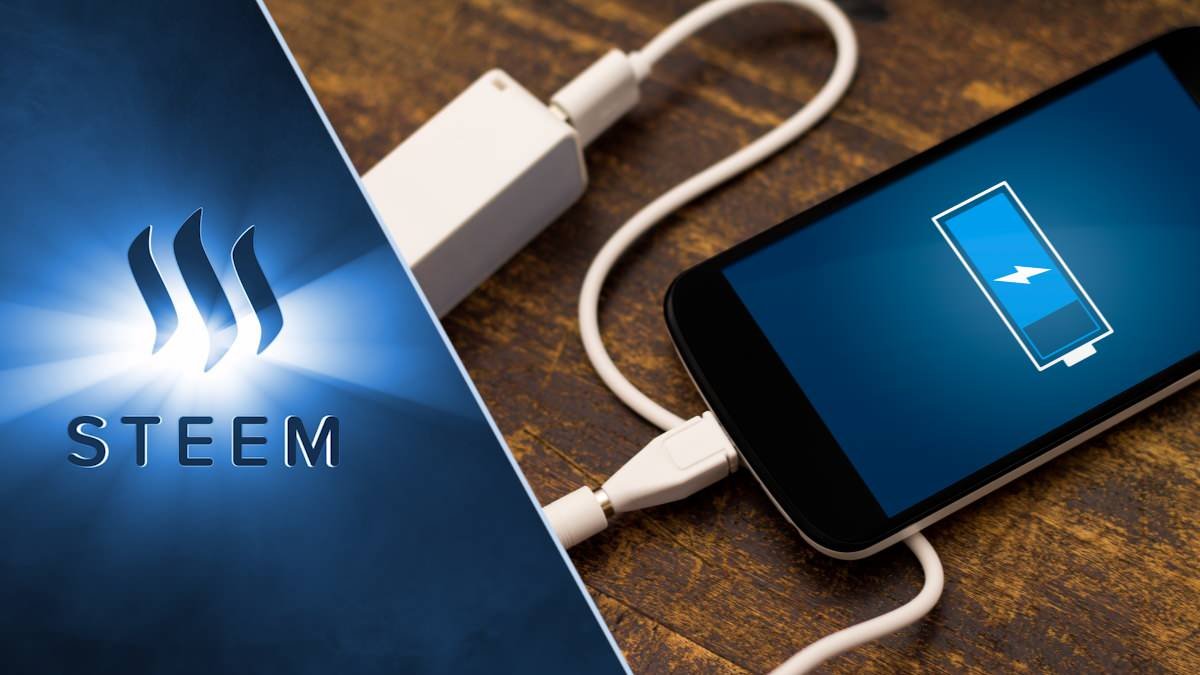
We depend so much on our smartphones nowadays - and as amazing as they are, there is one downside: the battery.
It's a daily struggle - you forgot to charge your phone, and now you're leaving the house with 30% battery. Or maybe you even charged your phone over night and it still doesn't last the whole day.
After a few hours you start compromising - switching to low battery mode, closing unused apps etc.
And then you try to charge your phone on the go - but it takes ages and you only manage to gain a few percent extra battery.

Now imagine you could fully charge your phone within just a few minutes, or even seconds?
It sounds unimaginable and almost too got to be true, but researchers from the Drexel University in Philadelphia have developed a material that could do just that.
The charging process, which currently takes about 2 hours for smartphones, could then be sped up to just a few seconds.
The key is a newly developed nanomaterial called MXene.
How does it work?
MXene is a two-dimensional material that consists of an oxide metal and a hydrogel. The hydrogel is squished between the metal like a sandwich.
The material is highly conductive: it allows ions to move through it with very high speed, which makes it ideal for battery membranes.
Traditional batteries have only limited pathways for ions to get to the ports - which means, limited speed with which they can charge your device.
MXene on the other hand creates multiple paths for the ions, which means that more ions can get to the charging ports at a higher speed.
For one, this is because there are more places for the ions to enter- or leave the battery, but also due to the high conductivity itself.
“In traditional batteries […] ions have a torturous path toward charge storage ports, which not only slows down everything, but it also creates a situation where very few ions actually reach their destination at fast charging rates. The ideal electrode architecture would be something like ions moving to the ports via multi-lane, high-speed ‘highways,’ instead of taking single-lane roads. Our macroporous electrode design achieves this goal, which allows for rapid charging — on the order of a few seconds or less.”-Maria Lukatskaya, researcher on the Drexel Team

The Result
The result of this technology would be a solution to charge your phone in seconds, or even milliseconds!
But think ahead: what else could this technology be used for in the future?
Wireless devices like Laptops, cameras, or even something as large as an electric car could be charged in a fraction of the time needed to charge them now!
“If we start using low-dimensional and electronically conducting materials as battery electrodes, we can make batteries working much, much faster than today. Eventually, appreciation of this fact will lead us to car, laptop, and cell phone batteries capable of charging at much higher rates — seconds or minutes rather than hours.”-Yuri Gogotsi, materials science and engineering professor

How far is the technology developed?
Now that we know how awesome this technology is and how it works, there is just one more question left: When can we finally start to use it?!
Although the team at Drexel has been experimenting with MXene since 2011, they have reached the breakthrough only recently.
It will take about 3 more years of research until the technology will become commercially available.

© Sirwinchester

